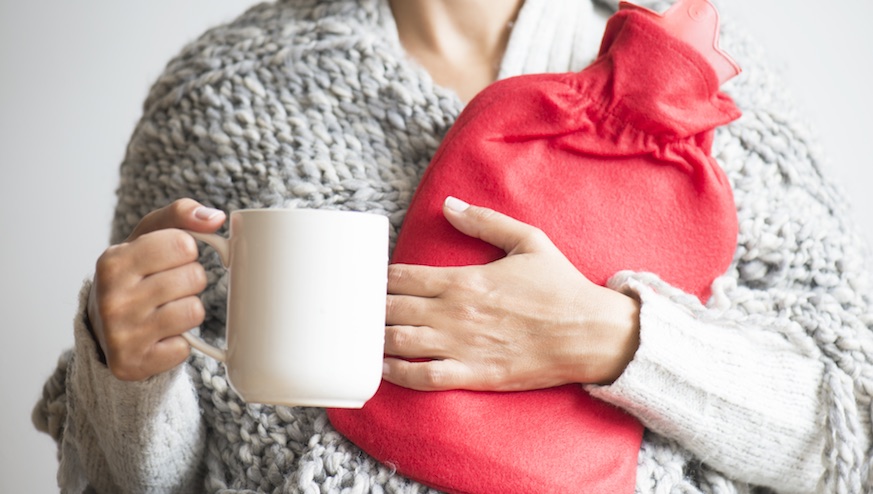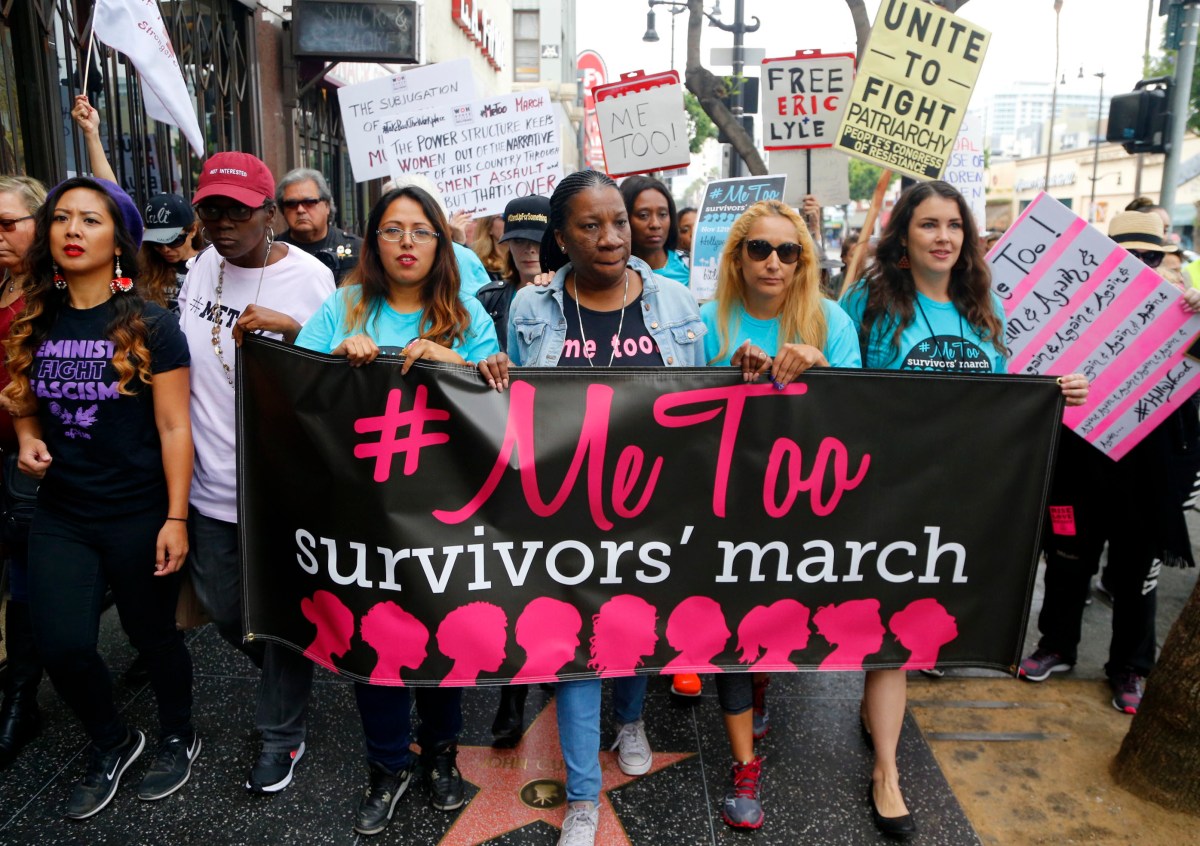Each morning, as we take our first dry breath and crack open our crusty, dehydrated eyes, it dawns on us: It’s f—cking cold out. But there are steps you can take to make the horrid experience of living life in sub-zero temperatures more bearable.
1. Electrify your life
Put an electric blanket on your bed and turn it on 20 minutes before you turn in for the night. If you don’t want to buy one or use the electricity, place a couple of warm water bottles on your bed a few minutes before getting in. Or simply invest in flannel sheets. In the morning, slip the blanket into your drawer to warm your clothes before you put them on.
2. Use every last drop of hot water
There’s nothing like thawing your cold bones in a hot shower. But when you’re done, don’t let warm bath or shower water go down the drain. Instead, keep the water in the tub to add a little warmth and humidity to your home.
3. Mind the gap
Tap into your college smoking habits and use towels to fill gaps under doors to keep heat from escaping. Pipe insulation also works well, but it’s not as nostalgic.
4. Quilt up
Don’t be ashamed to use heavy quilts as curtains to keep heat from leaking out of windows, especially at night and during windy days.
5. Let the sun in
On cold yet sunny days, allow the sunshine to naturally heat your home. Just remember to close the curtains at dusk or you may be in for a drafty evening.
6. Swaddle your feet
Cut out wool insoles for extra warmth in your shoes. If it’s snowy and slushy out, you can keep feet dry by wrapping them in a sandwich bag.
7. Light it up
Sometimes it’s so cold out that it causes locks to freeze. You can use a lighter on your key to thaw a frozen lock and get into your, hopefully, warm and cozy home.
Winter fire awareness
Winter fires are a particular concern during the coldest months. The National Fire Protection Association recommends extra caution when using space heaters, which the NFPA said are the second leading cause of U.S. home fires, deaths and injuries, with December, January and February being the peak months.
Fires happen more in the winter than in any other season, according to the NFPA, and heating equipment is involved in one out of every six reported home fires and one in every five home fire deaths.
Experts advise people to exercise caution when using candles and generators, and to keep an eye on carbon monoxide detectors.
















